It may not be taking over yet, but it’s a trend. Boomers, tired of the maintenance of their large family homes, are downsizing and renting instead of staying put.
Realtor.com’s Rachel Mosteller tells of a couple who spied a gated community of compact, cottage-style detached homes behind the parking lot of a fast-food restaurant and decided it was time to sell their 3,000 sq. ft. home and move into a rental neighborhood. The neighborhood of 122 units rents out from $1,275 a month for a one-bedroom house to $2,900 for a three-bedroom model, and the couple now feels at home, but in a home and a place that offers maintenance help.
Across the U.S., master-planned communities designed specifically for rentals are springing up, aimed at those who don’t want to deal with the hassles of owning a home but don’t see themselves as apartment dwellers either. Baby boomers retiring and seeking a simpler life are gravitating to these neighborhoods, according to the article.
“The Urban Institute reported in 2017 that single-family rentals—whether detached homes or townhouses—were the fastest-growing segment of the housing market,” says Mosteller, who went on to say that homebuilders have taken note. “The number of newly built, single-family rentals was up from 37,000 in 2017 to 43,000 in 2018, according to the National Association of Home Builders (NAHB). They make up only about 4% of all single-family construction nationwide, but they’re expected to jump to 6% over the next few quarters, according to Robert Dietz, chief economist of the NAHB.”
States in the South and Southwest seems to be getting the lion’s share of these communities, predominantly in the suburbs of states stretching from Arizona through Texas and into Florida and the Carolinas due to more affordably priced land than the rest of country. Less expensive property means rents don’t have to be sky-high for builders to make ends meet.
As for the stigma of renting? Not a factor. Many aging boomers growing tired of the upkeep of their large houses and having taken advantage of the benefits of home ownership earlier in their lives are happy to dispense with the care of a yard and a pool. They will gladly opt for rental communities that include country club style living that includes their own communal pools, dog parks, and open areas.
As mentioned, this is not happening everywhere. “You’re not going to see purpose-built, single-family rental communities in coastal California or other very expensive metro areas,” the article states.
Surprisingly enough, even older millennials aged 28 to 38 are getting in on this trend, having been boxed out of the home-buying market due to high prices. Juggling childcare costs with student loan and car payments makes it hard to save for a down payment on a home.
“Saving for a down payment is a challenge, particularly when you have high expenses and limited income,” says Chief Economist Danielle Hale of realtor.com, who cites how entry-level jobs paying lower wages do not help this demographic dive into homeownership as early as previous generations may have.
Mosteller admits that the downside is that these folks aren’t building equity through homeownership, missing out on any appreciation in the real estate market that could provide them with a nest egg for the future. “They also can’t borrow against their properties through low-interest home equity loans if they have any unexpected, hefty expenses,” she says.

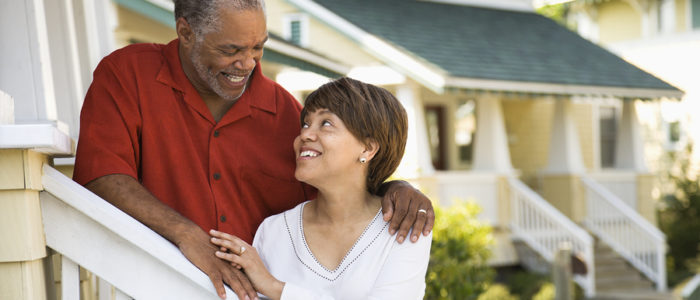

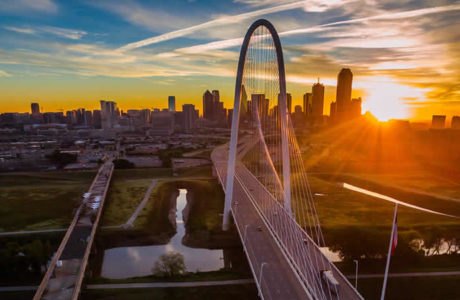
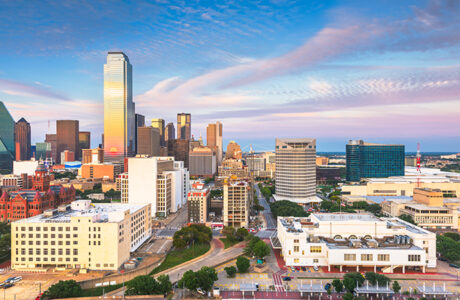


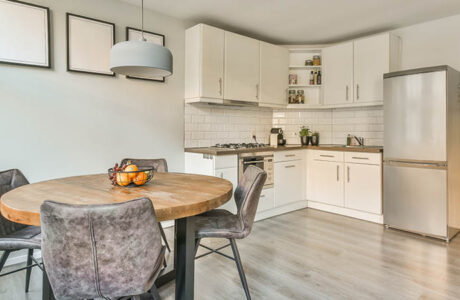

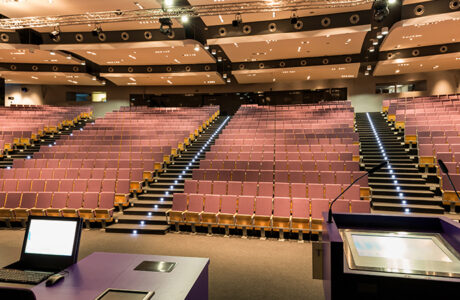



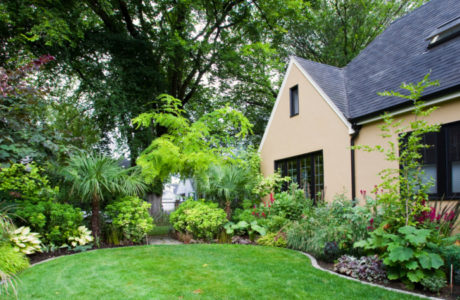
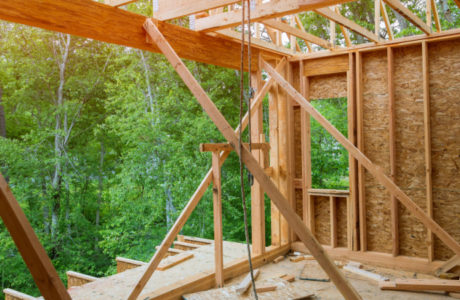
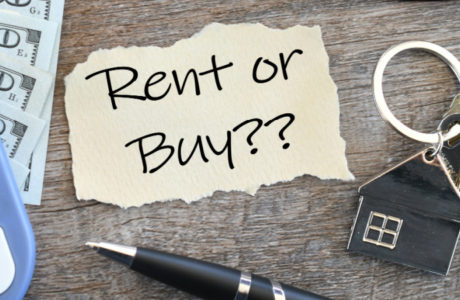
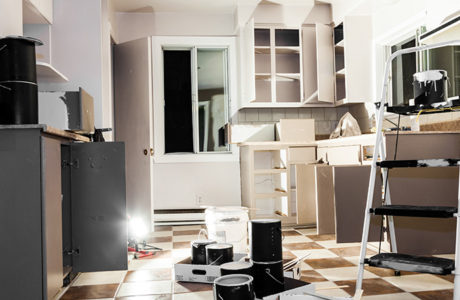
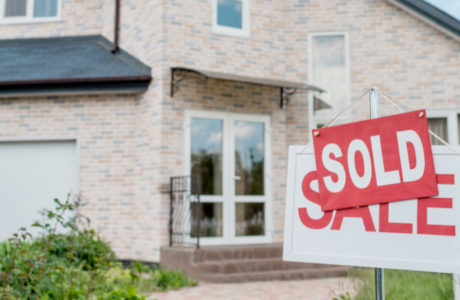
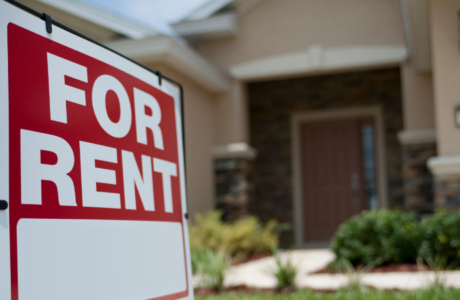
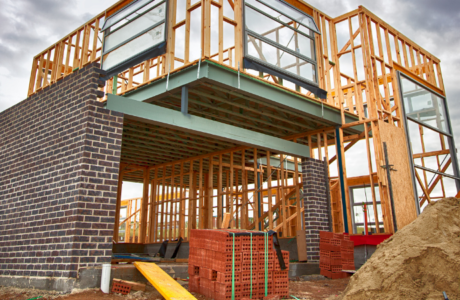
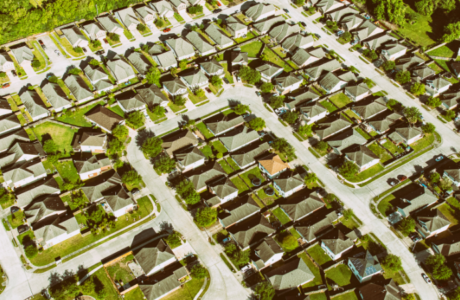
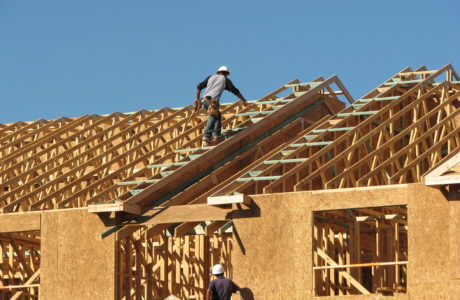

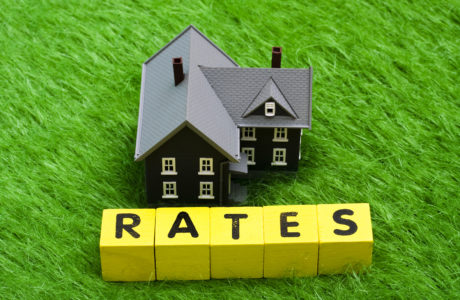



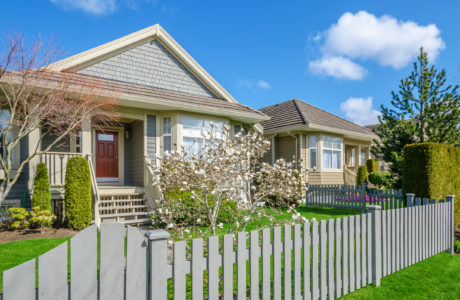
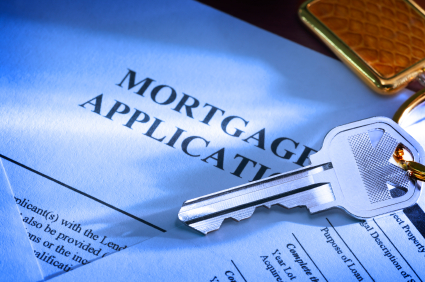



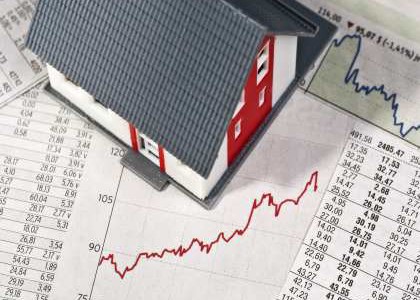

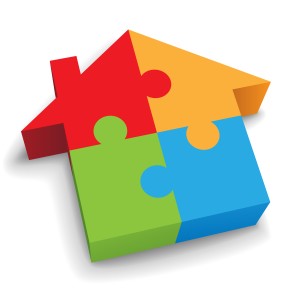
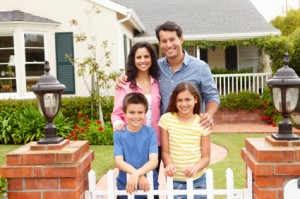
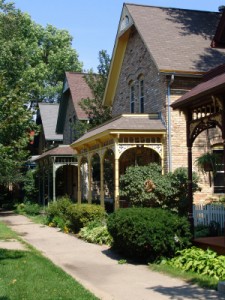


Comments are closed.